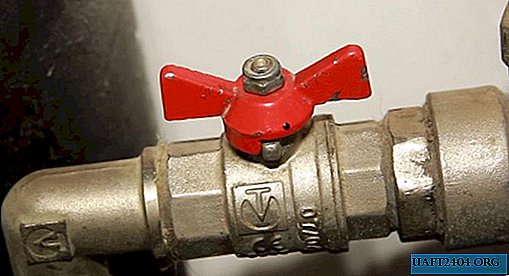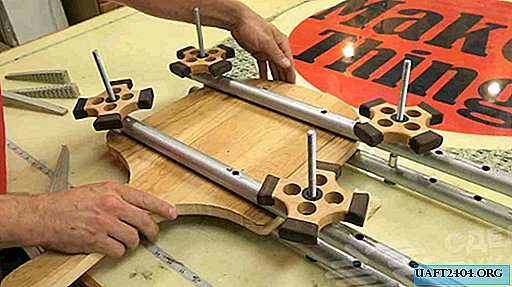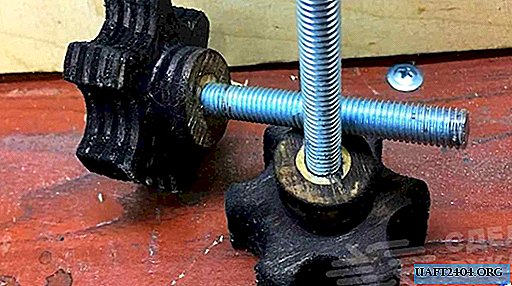Share
Pin
Tweet
Send
Share
Send
In fact, this phenomenon is not so rare. And this despite the fact that modern ball valves are almost the crown of plumbing thought. Their use is practically standardized. Not a single house or apartment wiring is complete without ball valves for cold and hot water. What then is the matter and why such emergency situations still occur? Let's get it together.

Ball valve device
The base of the tap is a polished brass ball with a through hole and a curly notch under the stem. The rotation of this type of cranes is provided within 90 degrees. Fluoroplastic or Teflon gaskets called saddles soften the movement of the ball inside the body. The stem is sealed by a pressure sleeve with an external thread and a nut on the end. The crane body can be solid or divided into two parts connected by a thread. Most often it is made of brass, choosing a thickness for the walls with a margin of safety. But there are also cheap models. Their case is made of silumin or lightweight brass, on which the manufacturer simply saved.

Method for resuscitation of a ball valve
In fairness, we warn in advance that this option does not give a 100% guarantee of the restoration of the operation of a ball valve. However, this is indeed the most correct path that should be followed before replacing it.
For starters, you should try to develop a tap valve by hand. If the result is zero, do not force the tap and use pliers or adjustable wrenches for this, turning the butterfly handle to break with effort. This can only be worse, because you may not know what the crane is made of - from high-quality brass or cheap silumin. The latter, incidentally, breaks down once or twice, you just have to touch it with some lever, and very quickly turns the bathroom and entire apartments into a pool of cold water.

So, unscrew the euro nut and remove the butterfly handle. Underneath is the top of the valve stem. In some taps, there is a pressure sleeve under the hexagon, which presses on the gland inside the tap. In the case when the stem is difficult to turn, this sleeve must be slightly loosened.


Next, using an adjustable wrench, carefully, slowly, develop the stem, turning it from side to side. In this case, do not make sudden movements, otherwise you run the risk of breaking the stem or ball, which will lead to complete breakage and jamming of the valve valve.


During this procedure, light streaks of water may form at the top of the tap. This is normal when you consider that the pressure sleeve is loose.

To check the health of the crane, you need to place the butterfly on its seat, and try to turn the valve with it. Focusing on the risks on the case, you will immediately see the result. If it is possible to turn the valve all the way, twist the pressure sleeve and put the butterfly in place.




Practical tips
In order not to get into the situation of crane coking with lime or metal sediments, it is necessary to develop it 1-2 times a month by turning the valve to the maximum marks.
Use only high quality locking hardware from trusted manufacturers. Do not save on elements such as ball valves, because breaking them can be very expensive.
If you doubt your plumbing abilities, have the phone number of a plumber you know who can help out in difficult times and replace a faulty ball valve without fatal consequences.
Share
Pin
Tweet
Send
Share
Send











